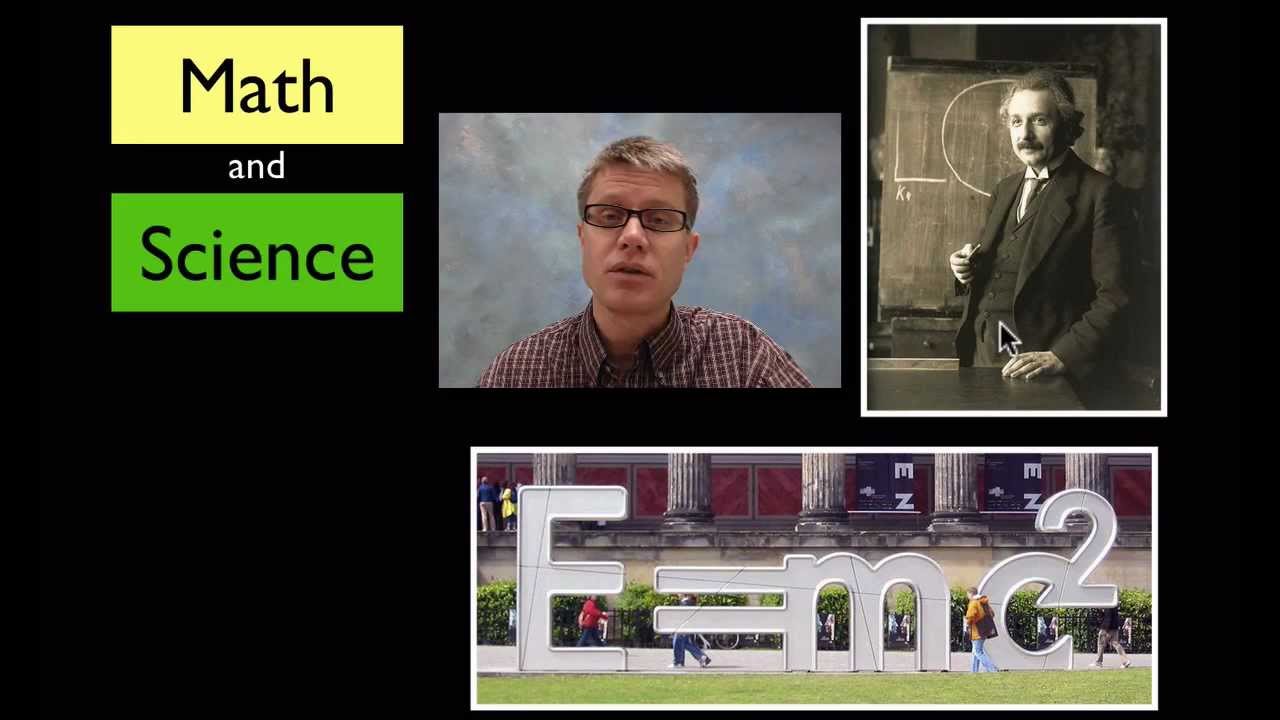Using Mathematics and Computational Thinking
Using algebraic thinking and analysis for statistical analysis to analyze, represent, and model data. Simple computational simulations are created and used based on mathematical models of basic assumptions.
K-12 Progressions
from NGSS Appendix F: Science and Engineering Practices in the NGSS
| K-2 | 3-5 | 6-8 | 9-12 |
|---|---|---|---|
| Mathematical and
computational thinking in
K–2 builds on prior
experience and progresses
to recognizing that
mathematics can be used to
describe the natural and
designed world(s).
• Decide when to use qualitative vs. quantitative data. • Use counting and numbers to identify and describe patterns in the natural and designed world(s). • Describe, measure, and/or compare quantitative attributes of different objects and display the data using simple graphs. • Use quantitative data to compare two alternative solutions to a problem. |
Mathematical and
computational thinking in
3–5 builds on K–2
experiences and progresses
to extending quantitative
measurements to a variety
of physical properties and
using computation and
mathematics to analyze
data and compare
alternative design
solutions.
• Decide if qualitative or quantitative data are best to determine whether a proposed object or tool meets criteria for success. • Organize simple data sets to reveal patterns that suggest relationships. • Describe, measure, estimate, and/or graph quantities (e.g., area, volume, weight, time) to address scientific and engineering questions and problems. • Create and/or use graphs and/or charts generated from simple algorithms to compare alternative solutions to an engineering problem. |
Mathematical and computational
thinking in 6–8 builds on K–5
experiences and progresses to
identifying patterns in large data
sets and using mathematical
concepts to support explanations
and arguments.
• Use digital tools (e.g., computers) to analyze very large data sets for patterns and trends. • Use mathematical representations to describe and/or support scientific conclusions and design solutions. • Create algorithms (a series of ordered steps) to solve a problem. • Apply mathematical concepts and/or processes (e.g., ratio, rate, percent, basic operations, simple algebra) to scientific and engineering questions and problems. • Use digital tools and/or mathematical concepts and arguments to test and compare proposed solutions to an engineering design problems |
Mathematical and computational thinking in 9-
12 builds on K-8 experiences and progresses to
using algebraic thinking and analysis, a range
of linear and nonlinear functions including
trigonometric functions, exponentials and
logarithms, and computational tools for
statistical analysis to analyze, represent, and
model data. Simple computational simulations
are created and used based on mathematical
models of basic assumptions.
• Create and/or revise a computational model or simulation of a phenomenon, designed device, process, or system. • Use mathematical, computational, and/or algorithmic representations of phenomena or design solutions to describe and/or support claims and/or explanations. • Apply techniques of algebra and functions to represent and solve scientific and engineering problems. • Use simple limit cases to test mathematical expressions, computer programs, algorithms, or simulations of a process or system to see if a model “makes sense” by comparing the outcomes with what is known about the real world. • Apply ratios, rates, percentages, and unit conversions in the context of complicated measurement problems involving quantities with derived or compound units (such as mg/mL, kg/m3 , acre-feet, etc.). |
Introduction to SEP5: Using Mathematics and Computational Thinking
from NGSS Appendix F: Science and Engineering Practices in the NGSS
Students are expected to use mathematics to represent physical variables and their relationships, and to make quantitative predictions. Other applications of mathematics in science and engineering include logic, geometry, and at the highest levels, calculus.
Computers and digital tools can enhance the power of mathematics by automating calculations, approximating solutions to problems that cannot be calculated precisely, and analyzing large data sets available to identify meaningful patterns. Students are expected to use laboratory tools connected to computers for observing, measuring, recording, and processing data.
Students are also expected to engage in computational thinking, which involves strategies for organizing and searching data, creating sequences of steps called algorithms, and using and developing new simulations of natural and designed systems. Mathematics is a tool that is key to understanding science. As such, classroom instruction must include critical skills of mathematics. The NGSS displays many of those skills through the performance expectations, but classroom instruction should enhance all of science through the use of quality mathematical and computational thinking.
Performance Expectations Associated with SEP5: Using Mathematics and Computational Thinking
K-2
N/A
Videos
Next Generation Science Standards is a registered trademark of Achieve. Neither Achieve nor the lead states and partners that developed the Next Generation Science Standards were involved in the production of this product, and do not endorse it. Visit the official NGSS website.


